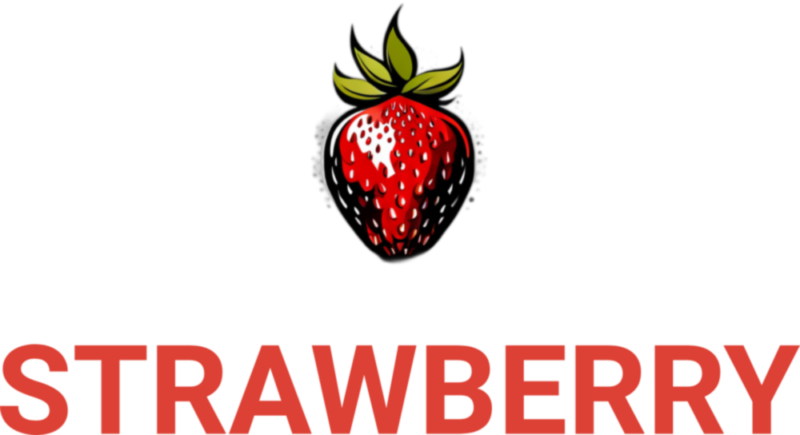-
Inhaltsübersicht
The Pros and Cons of Common Food Additives
Food additives are substances added to food to enhance its flavor, texture, color, or shelf life. While some additives are beneficial, others can be harmful to our health. Here are some of the most common food additives and their pros and cons.
Monosodium Glutamate (MSG): MSG is a flavor enhancer commonly used in Asian cuisine. It can make food taste more savory and delicious. However, some people may experience headaches, nausea, and other symptoms after consuming MSG.
Pros: Enhances flavor, adds savory taste.
Cons: May cause adverse reactions in some people.
Sodium Nitrite: Sodium nitrite is a preservative used to prevent food spoilage. It can also give cured meats a pinkish color. While it can help preserve food, it can also form carcinogenic compounds when heated.
Pros: Prevents food spoilage, gives cured meats a pinkish color.
Cons: Can form carcinogenic compounds when heated.
High Fructose Corn Syrup (HFCS): HFCS is a sweetener commonly used in processed foods. It is cheaper than sugar and can help extend the shelf life of food. However, it can also contribute to weight gain and other health problems.
Pros: Cheaper than sugar, extends shelf life of food.
Cons: Can contribute to weight gain and other health problems.
Artificial Colors: Artificial colors are used to make food look more appealing. While they can make food look more attractive, they can also cause allergic reactions in some people.
Pros: Makes food look more attractive.
Cons: Can cause allergic reactions in some people.
As you can see, there are both pros and cons to common food additives. While some additives can be beneficial, others can be harmful to our health. It is important to be aware of the potential risks associated with food additives and to make informed decisions when it comes to what we eat.
Exploring the Health Risks of Artificial Food Additives
The health risks associated with artificial food additives can be daunting. But with a little knowledge and understanding, you can make informed decisions about the food you eat and the impact it has on your health.
It’s important to understand that artificial food additives are chemicals that are added to food to enhance its flavor, texture, or color. While some of these additives are considered safe, others have been linked to a variety of health risks, including cancer, allergies, and other serious health issues.
The best way to protect yourself from the potential health risks of artificial food additives is to become an informed consumer. Read labels carefully and look for natural ingredients whenever possible. Avoid processed foods that contain artificial colors, flavors, and preservatives. Choose organic foods whenever possible, as they are free of artificial additives.
It’s also important to remember that the health risks associated with artificial food additives are not limited to adults. Children are especially vulnerable to the effects of these chemicals, so it’s important to be extra vigilant when it comes to their diets.
Making healthy food choices is an important part of living a healthy lifestyle. By understanding the potential health risks of artificial food additives, you can make informed decisions about the food you eat and the impact it has on your health. With a little knowledge and understanding, you can make sure that you and your family are eating the healthiest food possible.
How to Identify and Avoid Unhealthy Food Additives
Eating healthy is an important part of living a healthy lifestyle. Unfortunately, many of the foods we eat contain unhealthy food additives that can have a negative impact on our health. Knowing how to identify and avoid these additives can help you make healthier choices and improve your overall health.
First, it’s important to understand what food additives are. Food additives are substances added to food to enhance its flavor, texture, color, or shelf life. While some additives are safe, others can be unhealthy and even dangerous.
To identify unhealthy food additives, look for ingredients on the label that you don’t recognize or can’t pronounce. These are likely to be additives. Also, look for words like “artificial” or “synthetic” on the label, as these indicate that the food contains additives.
Once you’ve identified unhealthy food additives, the next step is to avoid them. The best way to do this is to choose whole, unprocessed foods whenever possible. These foods are free of additives and are much healthier for you.
You can also look for foods labeled “organic” or “natural”, as these are likely to contain fewer additives. Additionally, you can look for foods labeled “no added preservatives” or “no added colors”, as these are also likely to contain fewer additives.
Finally, you can also look for foods labeled “non-GMO”, as these are free of genetically modified organisms, which are often used as food additives.
By following these tips, you can make healthier choices and avoid unhealthy food additives. Eating healthy is an important part of living a healthy lifestyle, and avoiding unhealthy food additives is an important part of eating healthy. So, make sure to take the time to identify and avoid unhealthy food additives and enjoy the benefits of a healthier diet.
Schlussfolgerung
In conclusion, food additives can be beneficial in certain circumstances, such as preserving food or enhancing flavor. However, it is important to be aware of the potential risks associated with consuming food additives, as some may be linked to health issues. Therefore, it is important to be mindful of the types of food additives used in the foods we consume and to be aware of any potential health risks associated with them.



